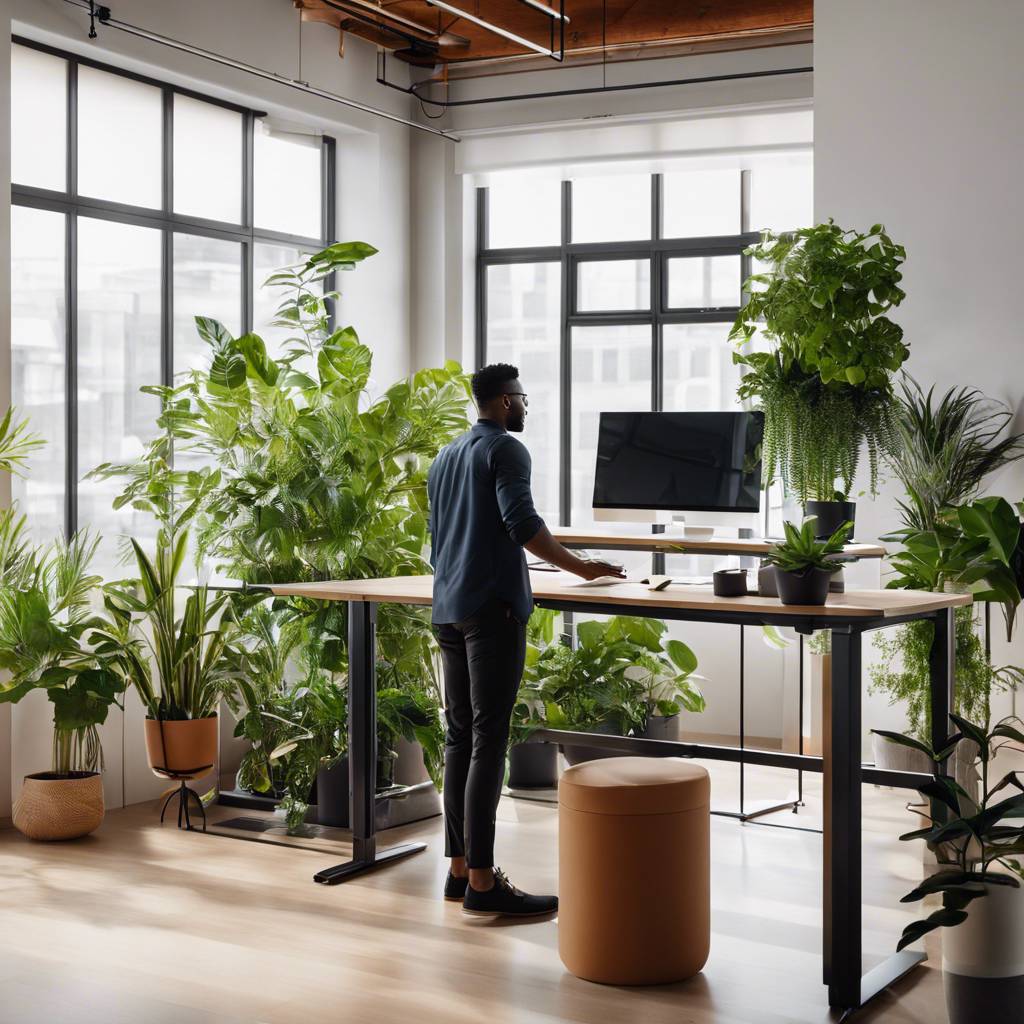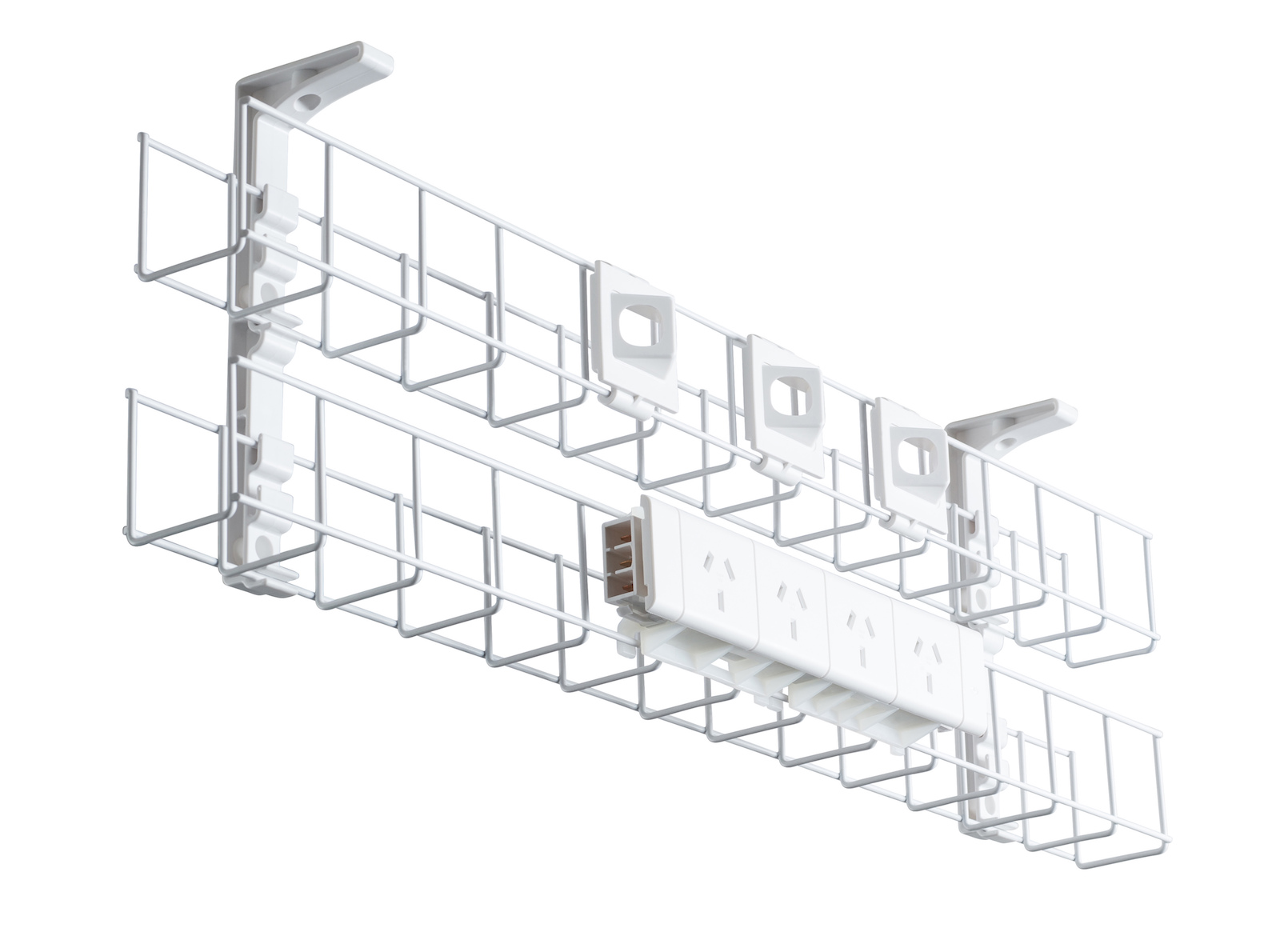
How Do I Choose the Right Standing Desk for My Needs?
The trend of incorporating standing desks into workspaces and home offices has grown significantly in recent years. These desks promise benefits like improved posture, reduced back pain, and enhanced energy levels. However, selecting the right standing desk for your needs can be daunting with so many options available. Here’s a comprehensive guide to help you make an informed decision.
1. Understand Your Workspace Requirements
Before diving into the features, consider your workspace and how you’ll be using the desk:
- Space Availability: Measure the area where you plan to place the desk. Ensure there’s enough room for the desk and any other office equipment.
- Usage Needs: Will the desk be used for writing, computer work, or dual-monitor setups? Make sure the desks’ surface area can accommodate all your essentials.
2. Choose Between Adjustable and Fixed Heights
Standing desks come in two main types: adjustable and fixed-height.
- Adjustable Standing Desks: These allow you to alternate between sitting and standing positions. Options include manual crank, pneumatic, or electric height adjustments.
- Electric: Offers smooth transitions and programmable height presets but comes at a higher cost.
- Manual: Budget-friendly but requires more effort and is cumbersome to adjust.
- Fixed-Height Desks: These are set at a standing height. They’re less flexible and may require a separate stool for occasional sitting.
3. Evaluate Weight Capacity and Stability
For users with multiple monitors, heavy equipment, or a desktop computer, weight capacity is crucial. Look for desks with a high load rating to ensure they’re stable and can handle your setup without wobbling.
4. Consider Ergonomics
Your standing desk should promote a comfortable and healthy posture:
- Height Range: Ensure the desk can be adjusted to suit your height, whether sitting or standing.
- Keyboard and Monitor Placement: For optimal ergonomics, your monitor should be at eye level, and your keyboard should allow your elbows to rest at a 90-degree angle.
- Additional Accessories: Consider investing in an anti-fatigue mat, monitor arm, or keyboard tray to enhance comfort.
5. Assess Build Quality and Materials
Durability is essential for a desk that’ll see daily use. Look for materials like:
- Solid Wood: Sturdy and visually appealing but heavier and more expensive.
- Laminate or MDF: Affordable and lightweight but may lack the longevity and beauty of wood or metal.
- Metal Frames: Ensure the frame is robust, especially for adjustable models.
6. Budget Considerations
Standing desks range from budget-friendly to premium models. Set a budget and compare features in your price range. While a high-quality desk may cost more upfront, it’s a worthwhile investment for your health and productivity.
7. Look for Reviews and Warranty
Research online reviews to understand the experiences of other users. Opt for desks with comprehensive warranties that cover potential defects or issues.
8. Test Before You Buy (If Possible)
If you can, visit a showroom to test the desk. Pay attention to:
- Ease of adjustment
- Surface stability
- Overall feel and ergonomics
The right standing desk can transform your workspace, making it more ergonomic and conducive to productivity. By considering your workspace needs, budget, and ergonomic preferences, you can find a desk that fits your lifestyle and supports your health goals. Remember, the best desk is one that encourages movement throughout your day—so stand, sit, and stay active!
See our full range of Australian Made Standing Desks here………
Contact us for further information or advise on the best desk that will suit your needs.





